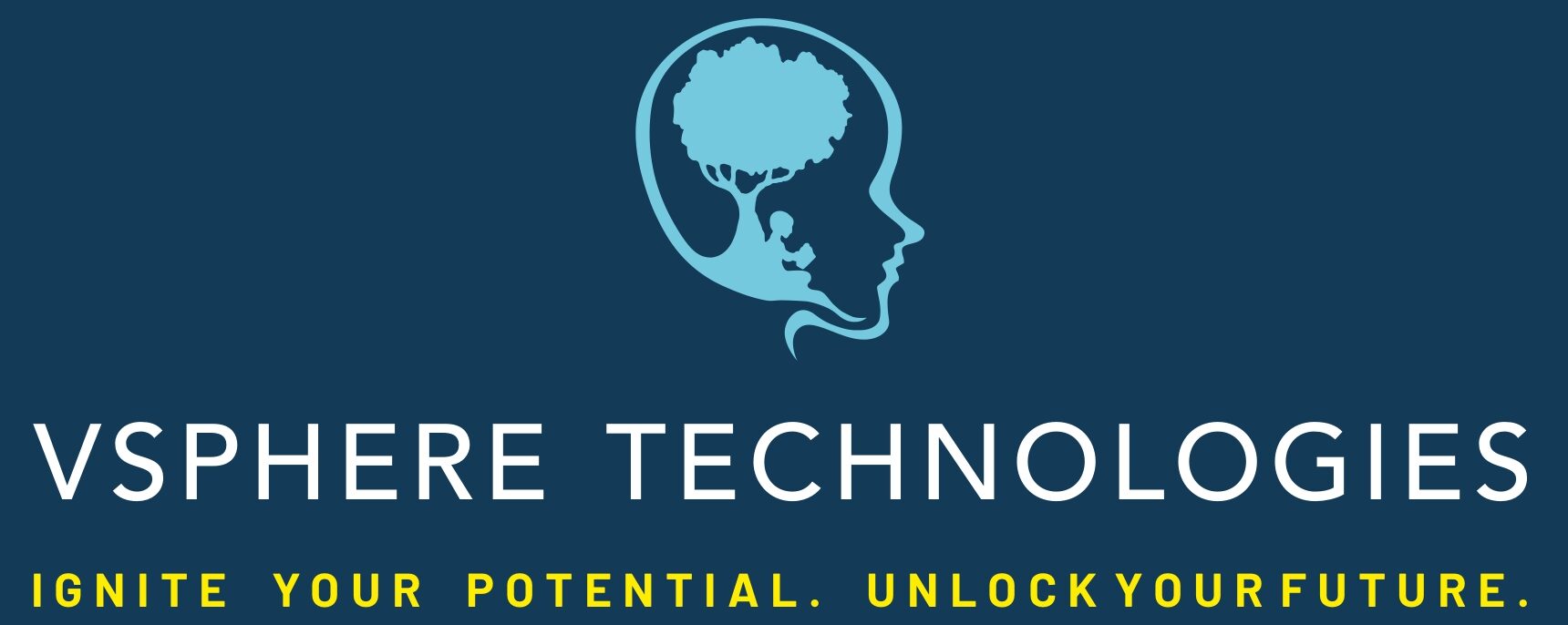
Syllabus for Google Cloud Platform (GCP)
1.1 Overview of Cloud Computing
- Definition and characteristics of cloud computing
- Advantages of cloud computing over traditional IT infrastructure
- Introduction to Infrastructure as a Service (IaaS), Platform as a Service (PaaS), and Software as a Service (SaaS)
1.2 Introduction to Google Cloud Platform (GCP)
- History and evolution of GCP
- Overview of GCP global infrastructure and regions
- GCP core services: Compute Engine, Storage, Database, Networking, etc.
1.3 GCP Architect Role
- Responsibilities and key skills required
- Career paths and opportunities in GCP
- Real-world examples of successful GCP solutions
2.1 GCP Global Infrastructure
- Regions, Zones, and Points of Presence (PoPs)
- Understanding the GCP Network
- Edge caching with Google Cloud CDN
2.2 GCP Identity and Access Management (IAM)
- Managing users, groups, and service accounts
- Security best practices for IAM
- Role-based access control (RBAC)
2.3 GCP Compute Services
- Google Compute Engine (GCE) instances
- Autoscaling and Load Balancing
- Serverless computing with Google Cloud Functions
3.1 Google Cloud Storage (GCS)
- Object storage fundamentals
- GCS storage classes and lifecycle policies
- Security and access control in GCS
3.2 Google Cloud SQL and Cloud Spanner
- Managed relational databases and globally distributed databases
- High availability and scalability with Cloud SQL and Cloud Spanner
3.3 Other Storage Services
- Google Cloud Bigtable for NoSQL databases
- Google Cloud Filestore for managed file storage
4.1 Virtual Private Cloud (VPC)
- VPC fundamentals: subnets, routes, firewalls
- VPC peering and VPN connectivity
- Hybrid cloud networking with Cloud Interconnect
4.2 Google Cloud Load Balancing
- Global HTTP(S) Load Balancing
- Internal TCP/UDP Load Balancing
- Network Load Balancing for high-throughput applications
4.3 Google Cloud CDN and DNS
- Content delivery network (CDN) fundamentals
- Configuring Cloud CDN for caching static content
- Managing DNS records with Google Cloud DNS
5.1 GCP Security Best Practices
- Shared responsibility model
- Data encryption at rest and in transit
- Security monitoring and logging with Stackdriver
5.2 GCP Compliance Programs
- Overview of compliance standards: PCI DSS, HIPAA, GDPR, etc.
- Implementing compliance controls in GCP environments
- Accessing compliance reports and certifications
5.3 Real-Time Scenario: Designing Secure and Compliant GCP Solutions
- Architecting solutions that meet specific security and compliance requirements
- Implementing encryption, access controls, and monitoring mechanisms
6.1 GCP Scalability Concepts
- Horizontal vs. vertical scaling
- Scalable architecture patterns: load balancing, caching, sharding
6.2 High Availability Architectures on GCP
- Designing fault-tolerant applications
- Multi-region architectures and disaster recovery
6.3 Real-Time Scenario: Designing Highly Scalable and Available GCP Solutions
- Architecting solutions for high traffic and demanding workloads
- Implementing auto-scaling, fault tolerance, and disaster recovery strategies
7.1 GCP Cost Management
- Understanding GCP pricing models: Compute Engine, Cloud Storage, etc.
- Cost allocation and billing
- Cost optimization tools and recommendations
7.2 Cost Optimization Strategies
- Right-sizing instances and services
- Utilizing committed use discounts and sustained use discounts
- Leveraging managed services for cost efficiency
7.3 Real-Time Scenario: Optimizing GCP Costs for a Business
- Analyzing cost patterns and identifying optimization opportunities
- Implementing cost-saving measures without compromising performance or reliability
8.1 Google Cloud BigQuery
- Serverless, highly scalable data warehouse
- Running SQL queries on large datasets
- BigQuery ML for machine learning models
8.2 Google Cloud Dataflow and Dataproc
- Managed stream and batch processing
- Running Apache Spark and Hadoop clusters on GCP
8.3 Google Cloud AI and ML Services
- Pre-trained machine learning models
- AutoML for custom machine learning models
- TensorFlow and AI Platform for deep learning
9.1 GCP Developer Tools
- Cloud Source Repositories for version control
- Cloud Build for continuous integration and delivery
- Deployment Manager for infrastructure as code
9.2 Infrastructure as Code (IaC) with Terraform and Deployment Manager
- Managing GCP resources declaratively
- Creating reusable templates for infrastructure deployment
9.3 Real-Time Scenario: Implementing DevOps Practices in GCP Environments
- Setting up automated build, test, and deployment pipelines
- Managing infrastructure as code and automating deployment processes
10.1 GCP Migration Strategies
- Lift-and-shift migration
- Re-platforming and re-factoring
- Hybrid cloud architectures with Anthos
10.2 GCP Migration Tools and Services
- Migrating VMs with Migrate for Compute Engine
- Data migration with Transfer Service
10.3 Real-Time Scenario: Planning and Executing a GCP Migration
- Assessing current infrastructure and workloads
- Developing a migration plan and timeline
- Executing the migration with minimal downtime and risk
Invest in your future, enroll today, and become a Google Cloud Platform expert!
+ 91 86600 39835
CALL ANYTIME OUR TO EXPERTS


We’re Certified IT Experts.
Get to Know more About Course
Key features of the programs are
- 60+ hours of course duration
- Industry expert faculties
- Completed 150 + batches
- List Free demo classes #1
- List Item #Free counseling and certification guidance
- 100% job assurance.

We created a syllabus that aligns with industry standards and caters to both beginning and experienced learners.
Our Program Benefits
VSPHERE Technologies
- Gain comprehensive knowledge and skills with our 60+ hour course duration.
- Learn from seasoned professionals with real-world experience.
- Over 150 batches have successfully completed our programs and secured jobs.
- Get a feel for our approach with free demo classes.
- We provide free counseling and certification guidance to help you shape your career path.
- Get 100% job assistance to kickstart your dream career (Terms and Conditions apply).




